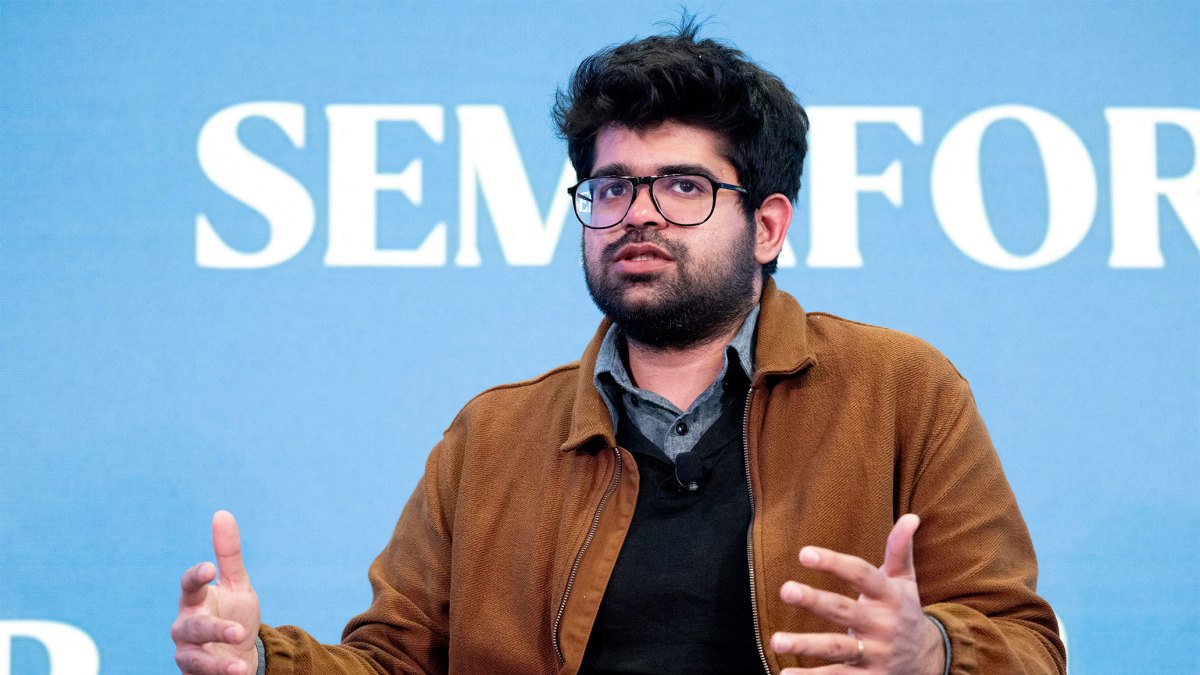Get the latest tech news
The Simple Math Behind Public Key Cryptography
The security system that underlies the internet makes use of a curious fact: You can broadcast part of your encryption to make your information much more secure.
Just a year later, the RSA algorithm, named after its inventors Ron Rivest, Adi Shamir and Leonard Adleman, established a practical way to use public key cryptography. In 1994, the mathematician Peter Shor discovered a way for quantum computers to efficiently reverse the trapdoor functions that underlie most current public key cryptography systems, including prime factorization. By the time quantum computers become sophisticated enough to pose a real threat to public key cryptography, its original trapdoor functions could be replaced by “quantum-safe” versions called lattice problems.
Or read this on Wired
